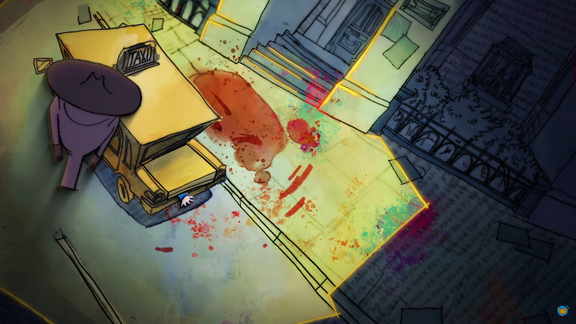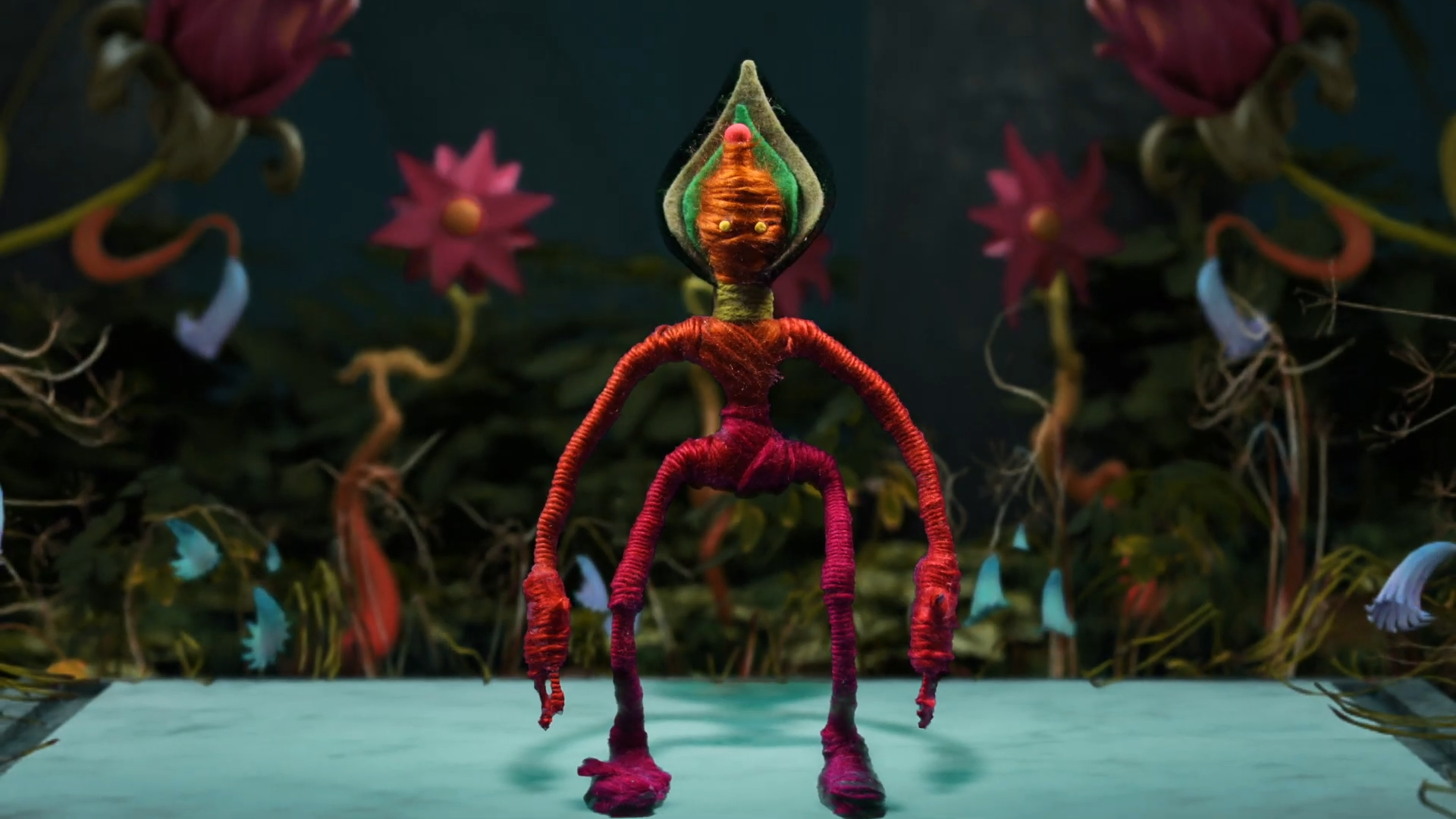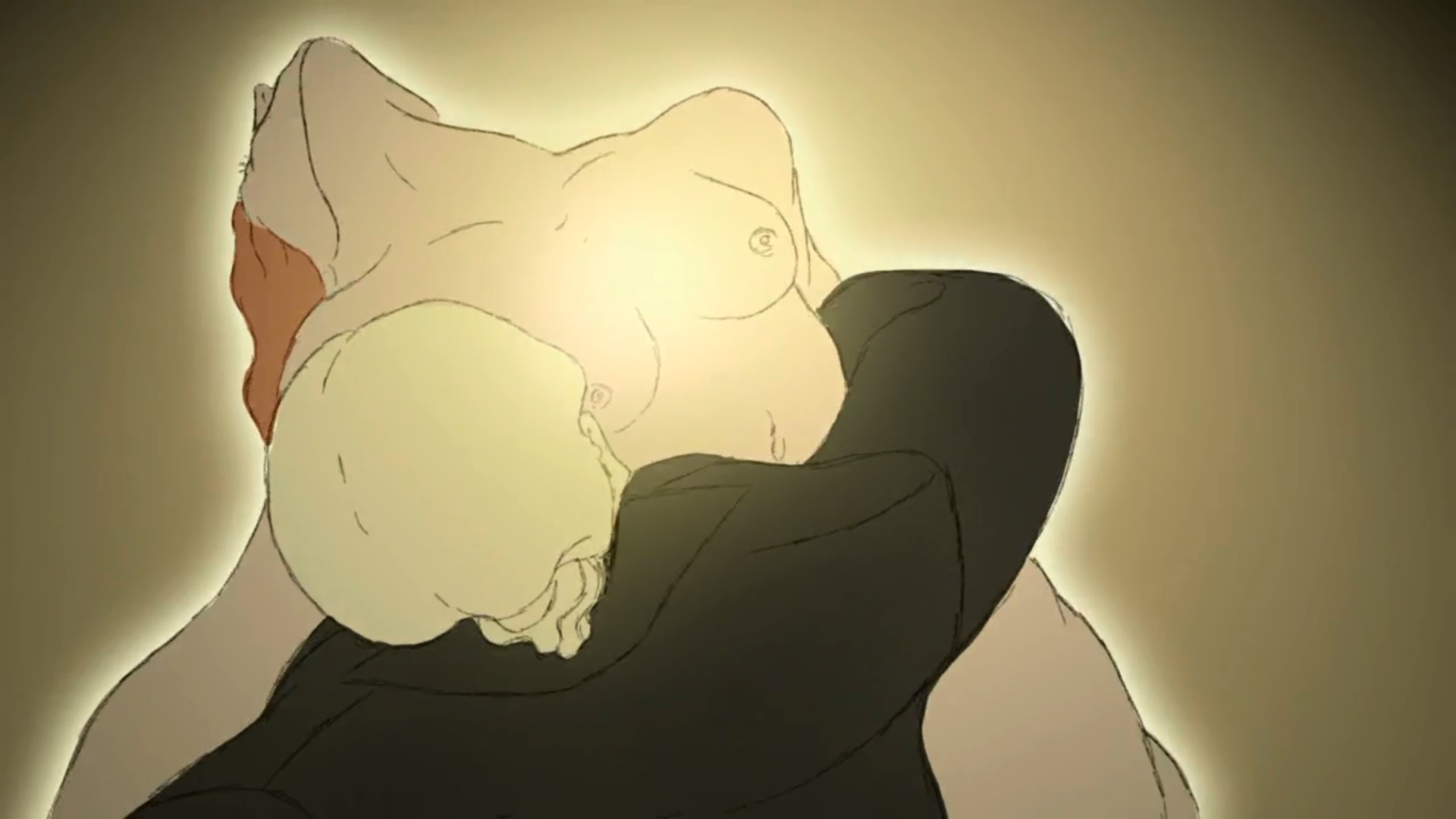Call It A Day
Directed by JIWOO LEE
United States of America, 2022
Drama
On the train ride home, an office worker becomes deeply immersed in a thrilling book.
Read our interview with Jiwoo below to learn more about the film.
JIWOO LEE
Learn More
Est. Reading Time: 3 Minutes
On Visual Style
MARK (M) I really like your visual style - your compositions within the dream sequence are particularly fantastic! Please tell us about how certain elements such as depth of field and dutch angles/tilts reflect the main character's engrossed headspace. And please also tell us about the importance of adding specific visual clues to reiterate the film's core ideas i.e. text faintly appearing on the walls or in the shadows outside during his dream sequence.
JIWOO (J) Wow, actually, I think you already know well all the points I have made. That's right, while continuing to develop the movie, I still had the key idea of distinguishing the world in the book from reality. The background composition of the real world is mostly flat and horizontal. It's relatively simple and seems boring, but it gives you a stable feeling of ordinary life. However, the creative stories we encounter are often not limited to reality. In some novels, we could be superheroes flying around or farmers on an alien planet. We have enough conditions to stimulate our imagination (in these types of stories). The world in the book brings an extreme but vivid feeling by using strong background distortions and experimental angles. As you said, not only letters in the background to suggest that this place is in the book but also details like using completely different painting styles for each concept and a super close-up shot of the character through camera movement.
J One of the things I learned in school and also the most important thing in making a film is to ‘make it believable for the audience’. Whether it's the story of someone living in the 21st century like us or the story of characters living in an imaginary land full of magic, if we can understand how they live their lives and show it to the audience, it's already half-way close to successful story building. Even though I'm not up to the level of making masterpieces yet, but if I don't forget this idea for building up stories, I'll reach the point to create the most fun and awesome films that can make the audience and I extremely excited at the same time!!
On Process & Discovery
M In making and finishing the film, what did you discover and learn that you might adopt or further explore in future projects?
J Primarily, I tend to approach story very carefully. It depends but I always have a lot of trouble trying to make a 'perfect story', and I've realized that even if the story or character is not perfectly complete, you should start drawing a beat board or thumbnail in a rough format. Then you will figure it out. There are many different approaches to a single problem so when you draw the same thing over and over again, you will often end up solving problems with a random idea. I think it's really important, at least for me, to open the paper and draw instead of just thinking in your head.
The founder of Hommage, Mark Shaba published this interview on 20.10.2022 Mark is a filmmaker from Victoria, Australia. He respectfully acknowledges the past and present traditional owners of the land on which he creates, promotes and screens art, the Wurundjeri people of the Kulin nation who are the custodians.

















